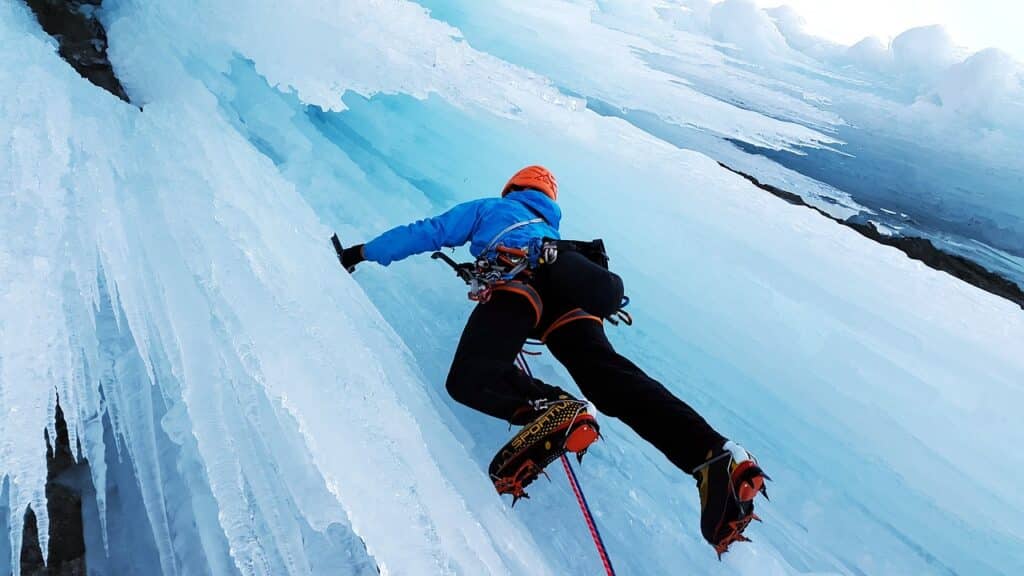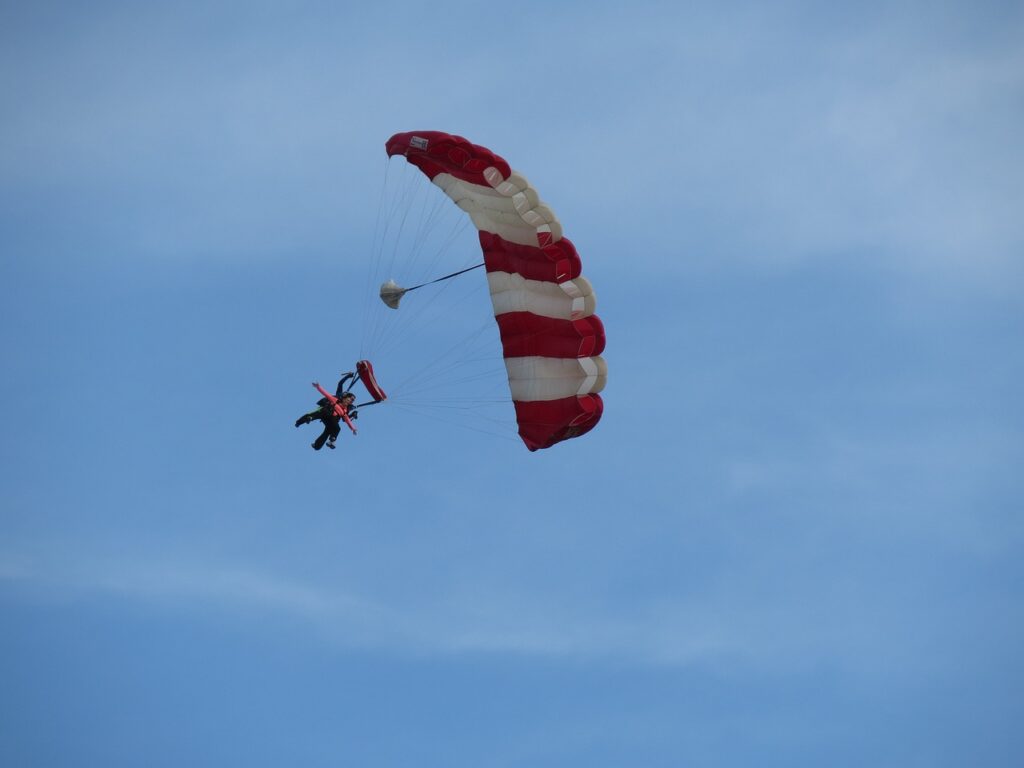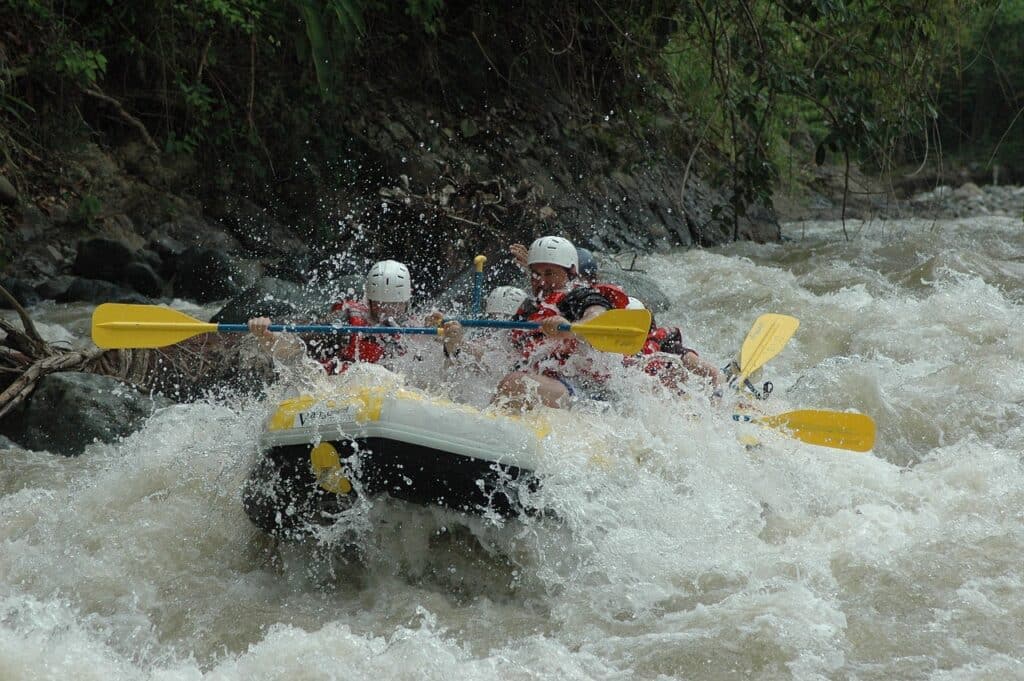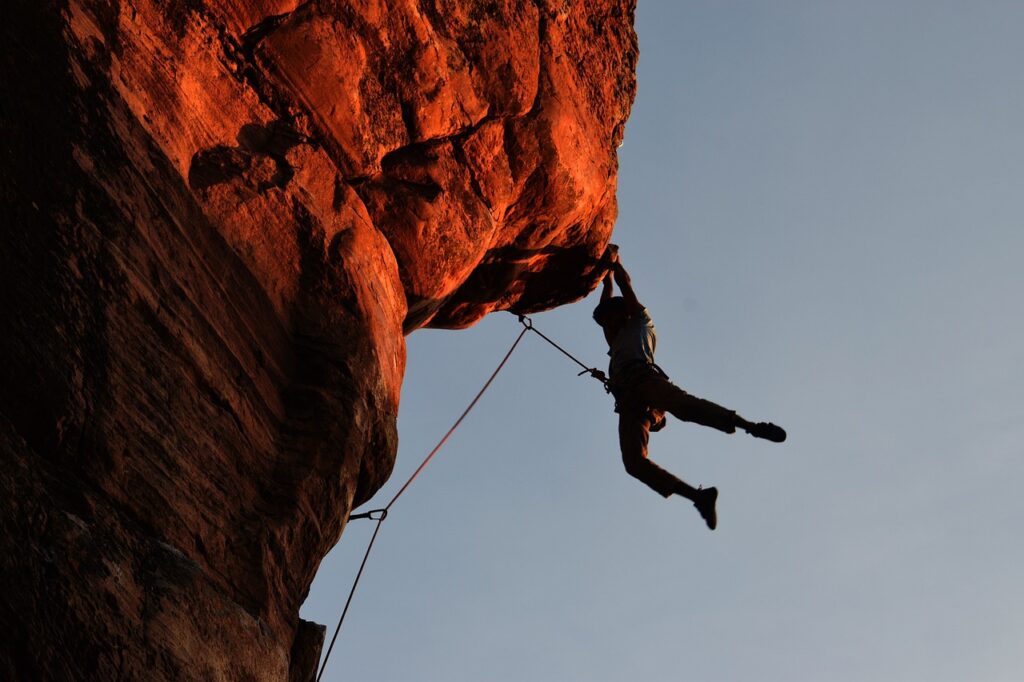Extreme Adventures and the Necessary Safety Measures

With the recent tragedy of the Titan submersible that claimed the lives of five souls (two of whom were fellow Explorer Club members) when it imploded during a deep underwater excursion to the Titanic and the rise of space tourism, hyper-extreme adventure and extreme adventure experiences are gaining more attention in the media and with travelers.
Extreme adventures offer a thrilling and adrenaline-pumping experience to those who seek excitement and a break from the ordinary. These activities push the boundaries of what most people consider safe, often involving physical challenges and intense emotions. While extreme adventures can be incredibly rewarding, it’s crucial to prioritize safety to ensure a positive and secure experience. Deep underwater and space exploration aside, let’s look at some of the more common types of extreme adventure and discuss ways travelers can remain safe during their pursuits.
Skydiving
Skydiving is an exhilarating activity that involves jumping from an aircraft and freefalling through the air before deploying a parachute to slow down the descent. To stay safe while skydiving, it’s crucial to receive proper training from a certified instructor, use high-quality equipment, and follow all safety protocols. Regular equipment maintenance and adherence to weight and weather restrictions are also essential for a safe skydiving experience.

Rock Climbing
Rock climbing takes participants to breathtaking heights, challenging their physical strength and mental focus. Safety measures such as wearing a climbing helmet, using a harness, and employing proper climbing techniques are crucial. Climbers should receive professional training, be aware of their limits, and carefully choose routes that match their skill level. Additionally, checking the stability of the rock, utilizing safety ropes, and climbing with a partner are essential for a safe ascent and descent.
Whitewater Rafting
Whitewater rafting involves navigating fast-flowing rivers and rapids on inflatable rafts. To ensure safety during this thrilling adventure, participants should wear appropriate safety gear, including a life jacket and helmet. It’s essential to choose a reputable rafting company with experienced guides who are knowledgeable about the water conditions and the level of difficulty suitable for your skill and experience. Following the guide’s instructions and staying within the designated areas are crucial for a safe rafting experience.

Mountaineering
Mountaineering is a challenging activity that involves ascending mountains, often at high altitudes. Safety is paramount in mountaineering due to the unpredictable nature of weather and the technical difficulties involved. Adequate physical fitness, proper gear, and training are essential. Climbers should acclimatize to the altitude, carefully plan the route, and be prepared for emergencies by carrying essential supplies and communicating with a support team. Mountaineering should never be attempted alone, and climbers should be aware of their limitations and turn back if necessary.
Base Jumping
Base jumping is an extreme sport that involves jumping from fixed objects like buildings, antennas, bridges, or cliffs and using a parachute to slow down the descent. Due to the high-risk nature of base jumping, it is essential to have extensive skydiving experience before attempting it. Knowledge of jump sites, careful planning, and an understanding of the local regulations are crucial. Base jumpers should have proper equipment, maintain it regularly, and always check the wind conditions before jumping. It is also advisable to jump with an experienced mentor or as part of a group.

Regardless of the type of extreme adventure, there are several general safety considerations that apply to all such activities:
- Research and Planning: Thoroughly research the activity, location, and associated risks before undertaking any extreme adventure. Understand the necessary equipment, training, and precautions required.
- Seek Professional Guidance: Always learn from experienced professionals and undergo proper training before attempting extreme adventures. Certified instructors or guides can provide valuable guidance and enhance safety.
- Use Quality Equipment: Ensure you have high-quality gear and equipment that is appropriate for the activity. Regularly inspect and maintain your equipment to avoid any potential failures. Equipment that has received regulated safety certifications is paramount.
- Know Your Limits: Be aware of your physical capabilities and limitations. Pushing yourself beyond your abilities can lead to accidents. Gradually increase the difficulty level as you gain experience and confidence.
- Follow Safety Guidelines: Adhere to all safety protocols, guidelines, and instructions provided by professionals. This includes wearing appropriate safety gear, understanding emergency procedures, and respecting the rules of the activity.
- Stay Aware of Surroundings: Be vigilant and aware of your surroundings during extreme adventures. Pay attention to changing weather conditions, terrain, and any potential hazards. Communicate with your group or guide regularly and stay connected with them.
- Stay Physically Fit: Prioritize your physical fitness and maintain a healthy lifestyle. Extreme adventures can be physically demanding, and being in good shape will contribute to your overall safety and enjoyment.
- Trust Your Instincts: If something feels unsafe or beyond your comfort zone, trust your instincts and don’t hesitate to voice your concerns or back out if necessary. Your safety should always come first.
By understanding the risks involved, acquiring proper training, and implementing safety measures, travelers can enjoy extreme adventures while minimizing potential dangers. Remember, the goal is to have an exhilarating and memorable experience while ensuring your well-being.


Tonya Fitzpatrick, Esq. is co-Founder of World Footprints, a social impact travel storytelling content hub she runs with her husband, Ian, that has been recognized as Best Social Impact Travel Media Company by CEO Monthly. She is an award-winning travel and business journalist, global public speaker, and 3-time TEDx speaker. Tonya regularly shares her insights on career transitions, DEIA in travel and the transformative power of travel to audiences all over the world. Recognized as Black Travel Journalists of the Year—an honor she shares with Ian, Tonya contributes her time and leadership to several boards and commissions in the travel community including SATW, The Explorers Club (DC), North American Travel Journalists Association (NATJA) and JourneyWoman. Tonya has been appointed to the Maryland Tourism Development Board by Gov. Wes Moore.